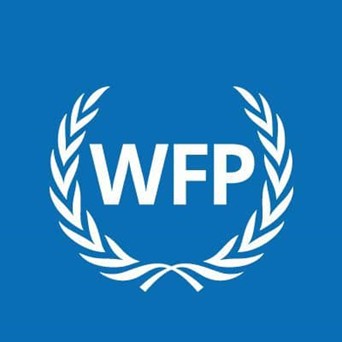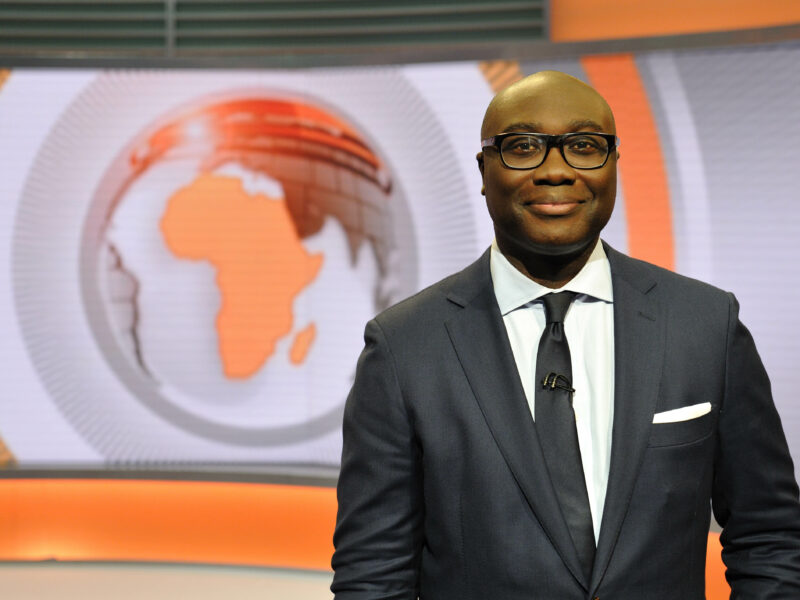In human development, Africa makes slow progress
For some African countries, there is cheery news in the 2011 Human Development Report.* Published by the UN Development Programme (UNDP), it ranks countries according to three measures of human development: life expectancy, education and income. In both Kenya and Nigeria extreme poverty has declined due to improvements in water, sanitation, health and other living standards, while Ghana has made steady progress and is now ranked as having medium human development.
The report notes that according to the Human Development Index (HDI, a composite of the three measures), the countries in the lowest 25 per cent of the rankings (including many African countries) improved their status by 82 per cent between 1970 and 2010, twice the average gain worldwide. “If the pace of improvement over the past 40 years were to be continued for the next 40, the great majority of countries would achieve HDI levels by 2050 equal to or better than those now enjoyed only by the top 25 per cent in today’s HDI rankings,” says the report.
Norway, Australia, the Netherlands, US and New Zealand lead in the global index. The report ranks Libya, at 64, as the highest among African countries. It is followed by Mauritius at 77 and Tunisia at 94. Egypt comes in at 113, South Africa at 123 and Nigeria at 159. The Democratic Republic of the Congo (DRC) is ranked at 187, the very last, and nine other African countries round out the bottom 10.
The report acknowledges that even though a number of African countries have made progress, they still “suffer from inadequate incomes, limited schooling opportunities and life expectancies far below world averages due in great part to deaths from preventable diseases such as malaria and AIDS.”
The poor showing by some sub-Saharan countries results in part from a legacy of armed conflict, as in the DRC and Liberia. And progress in poor countries may be reversed by mid-century if efforts are not made to deal with climate change, environmental damage and inequalities, the report notes.
The Gender Inequality Index, a recently introduced indicator, lowered the rankings for some African countries, including the Central African Republic, Chad, DRC, Liberia, Mali, Niger and Sierra Leone, all among the ten least equitable countries. “In sub-Saharan Africa the biggest losses arise from gender disparities in education and from high mortality and the adolescent fertility rate.”
The Multidimensional Poverty Index, which examines factors such as access to clean water, cooking fuel and health services (not just income measurements), ranks Niger as having the highest share of poor, followed by Ethiopia and Mali.
The 2011 report covers an unprecedented 187 countries, up from 169 in 2010. This means that the results for 2011 are not comparable to the previous year’s figures, the report notes.
*UN Development Programme, Human Development Report 2011, Sustainability and Equity: A Better Future for All. Available at: http://hdr.undp.org/en/mediacentre/report.
By Kingsley IghoborSierra Express Media in collaboration with Africa Renewal www.un.org/africarenewal
Stay with Sierra Express Media, for your trusted place in news!
© 2012, https:. All rights reserved.





